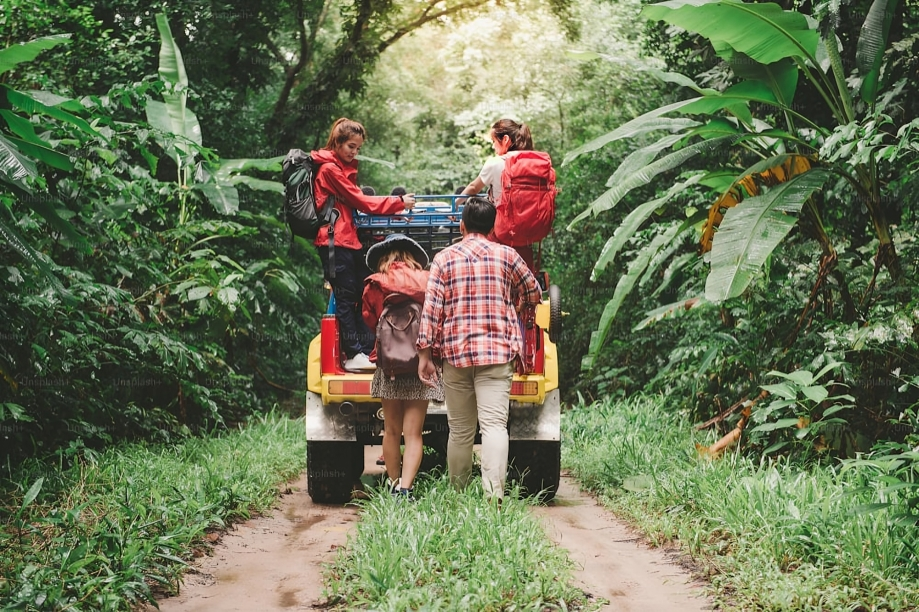Embarking on a jungle safari is an exhilarating opportunity to encounter majestic wildlife in their natural habitat and capture breathtaking photographs that preserve these moments for a lifetime. However, photographing wildlife in the jungle presents unique challenges, from unpredictable animal behavior to challenging lighting conditions. In this article, we’ll explore essential tips and techniques to help you capture stunning wildlife photos on a jungle safari and immortalize your encounters with nature’s wonders. Best resorts in Jim Corbett Ramnagar
To Know More About It Please Click Here
Choose the Right Gear
Invest in a quality camera and lens suitable for wildlife photography, preferably a DSLR or mirrorless camera with a telephoto lens (300mm or longer) to capture distant subjects. Additionally, pack essential accessories such as extra batteries, memory cards, a lens cleaning kit, and a sturdy tripod or monopod for stability.
Research and Plan
Before your jungle safari, research the wildlife species native to the area and their typical habitats and behaviors. This knowledge will help you anticipate photo opportunities and select appropriate camera settings. Plan your safari itinerary to maximize your chances of encountering wildlife during optimal lighting conditions, such as early morning or late afternoon.
Practice Patience and Observation
Wildlife photography requires patience and keen observation skills. Spend time observing animal behavior and movements to anticipate photo opportunities. Be patient and prepared to wait for the perfect moment to capture natural behaviors such as hunting, feeding, or interacting with offspring.
Respect Wildlife and Environment:
Prioritize ethical wildlife photography by respecting animals’ natural behaviors and habitats. Maintain a safe distance from wildlife to avoid causing stress or disturbance, and never approach or harass animals for a photo. Practice Leave No Trace principles by minimizing your impact on the environment and following park regulations and guidelines.
Use Appropriate Camera Settings
Adjust your camera settings for wildlife photography, including a fast shutter speed (1/500s or faster) to freeze motion and capture sharp images, a wide aperture (f/4 or lower) to achieve a shallow depth of field and blur the background, and a higher ISO setting to compensate for low light conditions.
To Know More About It Please Click Here
Conclusion
Capturing stunning wildlife photos on a jungle safari requires preparation, patience, and a deep appreciation for nature’s beauty. By choosing the right gear, researching wildlife behavior, practicing ethical photography, using appropriate camera settings, focusing on composition, being ready for action, and experimenting with perspectives, you can elevate your wildlife photography skills and immortalize your jungle safari adventures in breathtaking images. Remember to respect wildlife and their habitats, and prioritize conservation efforts to ensure future generations can enjoy these incredible experiences. Best resorts in Jim Corbett Ramnagar.
The best times for a jungle safari vary depending on the destination, but generally, the dry season is preferable as wildlife congregates around water sources, making sightings easier. In many tropical regions, the dry season typically falls between the months of May to October.
A typical jungle safari can last anywhere from a few hours to several days, depending on the destination and the specific itinerary chosen. Half-day or full-day safaris are common for shorter excursions, while multi-day safaris allow for more extensive exploration of the jungle and wildlife encounters.
Wear lightweight, breathable clothing in neutral colors to blend in with the environment and stay comfortable in the jungle’s humid conditions. Opt for long sleeves and pants to protect against insects and vegetation, and don’t forget sturdy, closed-toe shoes for walking safaris.
The Maasai Mara National Reserve in Kenya is renowned for its abundant wildlife, including the Big Five, and the annual wildebeest migration. Additionally, the Amazon Rainforest in Brazil offers unparalleled biodiversity, with a vast array of exotic wildlife species to observe and photograph.

